Table of Contents
I. Introduction
Whether you’re a seasoned athlete or just starting out on your fitness journey, incorporating proper stretching and cooling down techniques into your workout routine is essential. According to the American Academy of Orthopaedic Surgeons (AAOS), stretching helps improve flexibility and joint range of motion, while cooling down allows your body to gradually return to a resting state after exercise [1].
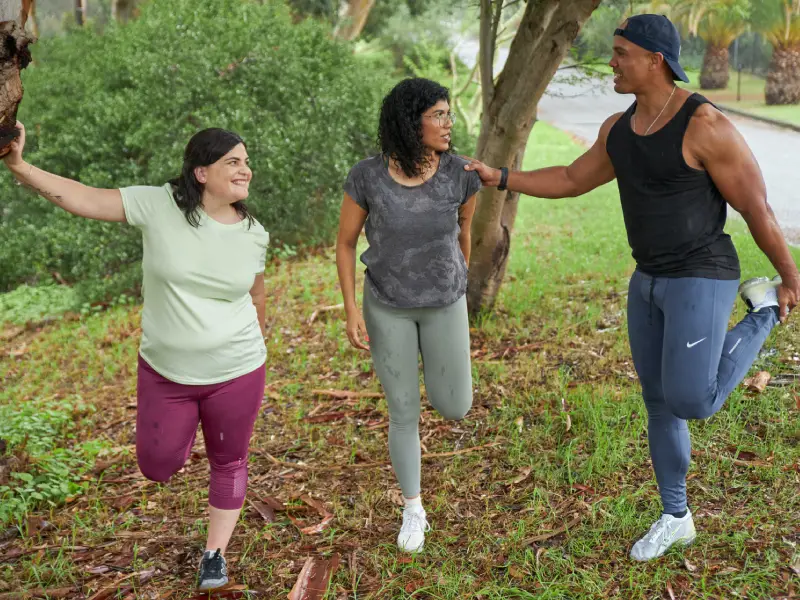
II. Understanding the Basics of Stretching
Stretching plays a crucial role in preparing your muscles for physical activity and improving your overall flexibility. The Mayo Clinic recommends incorporating static stretches, where you hold a position for a prolonged period, and dynamic stretches, which involve moving parts of your body through a full range of motion [2]. Additionally, proprioceptive neuromuscular facilitation (PNF) stretching, a technique commonly used in physical therapy, can help enhance flexibility and muscular strength [3].
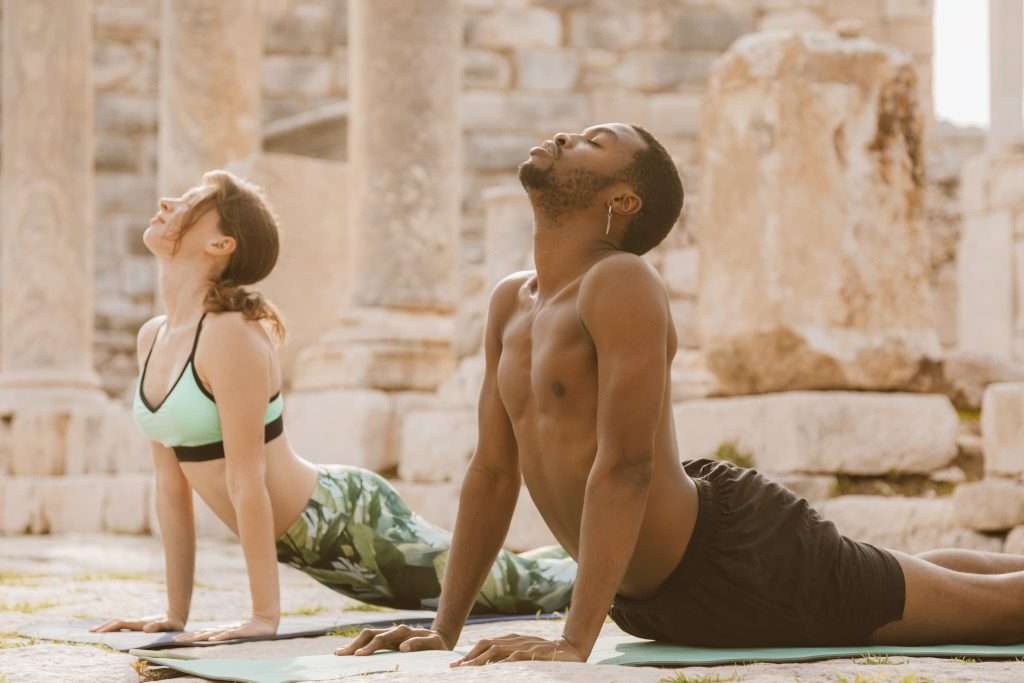
III. The Science Behind Cooling Down
Cooling down after a workout helps your body gradually transition from an intense exercise state to a resting state. The Cleveland Clinic advises that cooling down allows your heart rate and blood pressure to return to normal gradually [4]. It also aids in the removal of metabolic waste products, such as lactic acid, from your muscles, reducing the likelihood of muscle soreness [4].
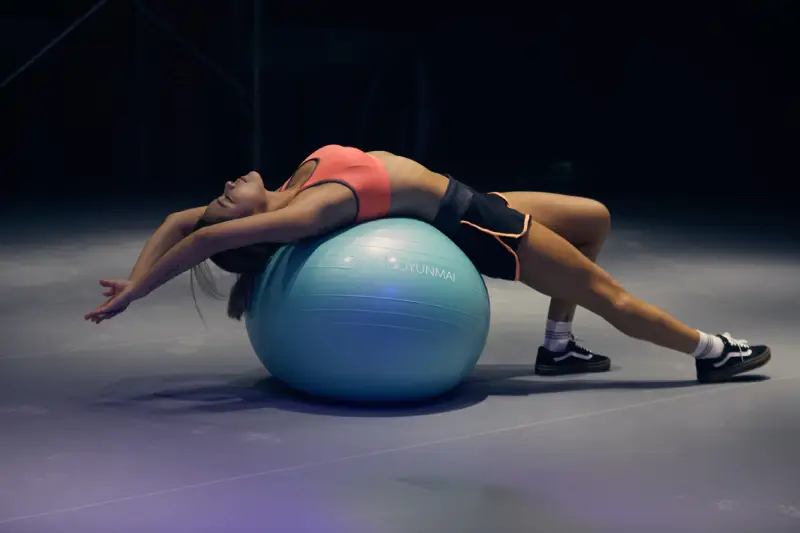
IV. Stretching and Cooling Down: Injury Prevention
Incorporating stretching and cooling down into your workout routine significantly reduces the risk of exercise-related injuries. A study published in the Journal of Strength and Conditioning Research found that static stretching before exercise can enhance joint range of motion and decrease the risk of muscle strains [5]. Similarly, the National Athletic Trainers’ Association (NATA) states that cooling down helps prevent post-workout muscle soreness and reduces the risk of muscle imbalances that can lead to injuries [6].
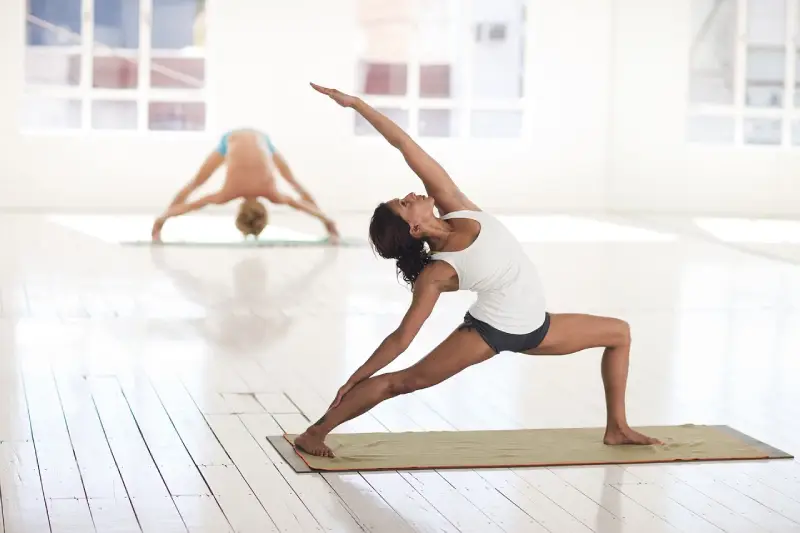
V. Tailoring Your Stretching and Cooling Down Routine
Every individual has unique fitness goals and requirements, which is why it’s important to customize your stretching and cooling down routine accordingly. The American Council on Exercise (ACE) suggests adjusting the duration and intensity of stretches based on factors such as age, fitness level, and specific activities [7]. For instance, runners may benefit from specific stretches targeting the lower body, while weightlifters may focus on stretches that improve mobility and stability [7]. Consulting with a certified fitness professional or physical therapist can help you design a personalized routine that suits your needs.

VI. The Long-Term Benefits of Stretching and Cooling Down
Consistently practicing stretching and cooling down techniques brings about numerous long-term benefits for your overall health and well-being. According to a study conducted by the Journal of Physical Therapy Science, regular stretching can improve postural alignment and decrease the risk of musculoskeletal disorders [8]. Moreover, cooling down has been shown to aid in stress reduction and promote better sleep, as highlighted by the National Sleep Foundation[9].
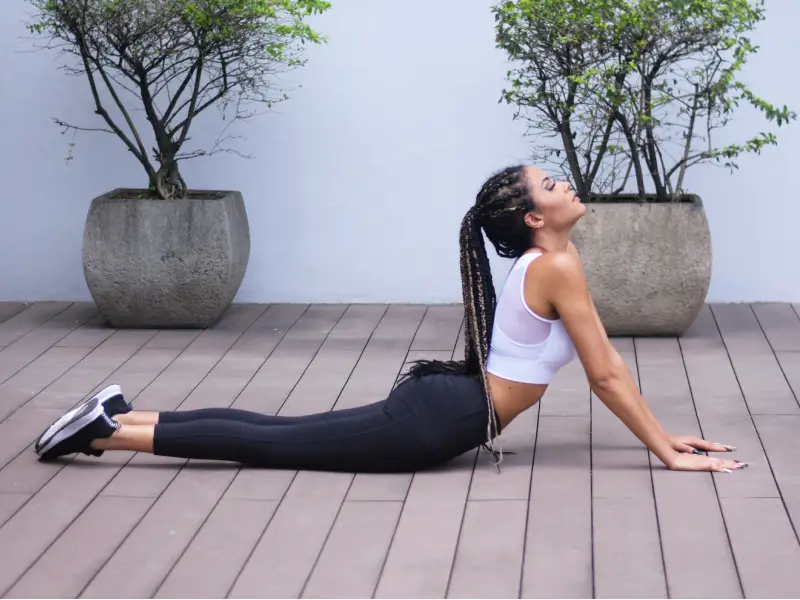
VII. Conclusion: Embracing the Essential Elements of Recovery
In conclusion, stretching and cooling down should be considered as integral parts of any workout routine, regardless of fitness level or activity type. By incorporating these practices, you can minimize the risk of injuries, improve flexibility, and enjoy long-term health benefits. Remember to consult with medical professionals, such as physical therapists or certified trainers, for personalized guidance on stretching and cooling down techniques.
References
1. American Academy of Orthopaedic Surgeons (AAOS). (n.d.). Exercise and Bone Health. Retrieved from https://orthoinfo.aaos.org/en/staying-healthy/exercise-and-bone-health/
2. Mayo Clinic. (2022). Stretching: Focus on flexibility. Retrieved from https://www.mayoclinic.org/healthy-lifestyle/fitness/in-depth/stretching/art-20047931
3. National Center for Biotechnology Information (NCBI). Proprioceptive Neuromuscular Facilitation (PNF). Retrieved from https://www.ncbi.nlm.nih.gov/pmc/articles/PMC3588663/#:~:text=PNF%20is%20a%20stretching%20technique,as%20well%20as%20untrained%2C%20individuals.
4. Cleveland Clinic. (n.d.). The Importance of Cooling Down After Exercise. Retrieved from https://my.clevelandclinic.org/health/articles/16092-the-importance-of-cooling-down-after-exercise.
5. Costa, P. B., Ryan, E. D., Herda, T. J., Walter, A. A., Hoge, K. M., Cramer, J. T., & Stout, J. R. (2011). Acute effects of passive static stretching on lower-body strength in moderately trained men. Journal of Strength and Conditioning Research, 25(11), 3069-3073.
6. National Athletic Trainers’ Association (NATA). (n.d.). Stretching and Injury Prevention. Retrieved from https://www.nata.org/sites/default/files/Stretching.pdf
7. American Council on Exercise (ACE). (n.d.). Stretching: What’s right, what’s wrong? Retrieved from https://www.acefitness.org/education-and-resources/lifestyle/blog/4467/stretching-what-s-right-what-s-wrong/
8. Sjödahl, J., & Djupsjöbacka, M. (2008). Spinal posture and movement coordination impairment: Neck–shoulder pain and associated disorders. Journal of Manual & Manipulative Therapy, 16(3), 104-110.
9. National Sleep Foundation. (n.d.). Exercise and Sleep. Retrieved from https://www.sleepfoundation.org/physical-activity/exercise-and-sleep

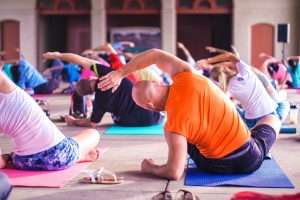


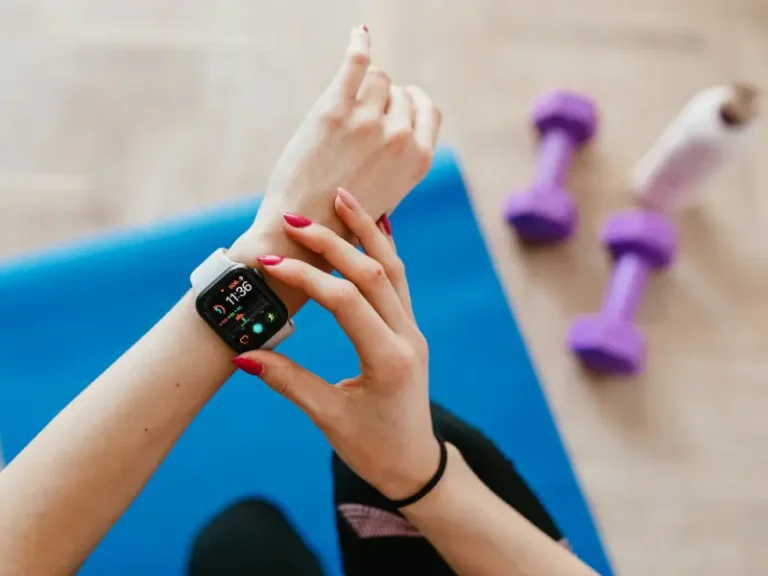




Workouts always brings benefits to the overall health and maintaining good mood as well.